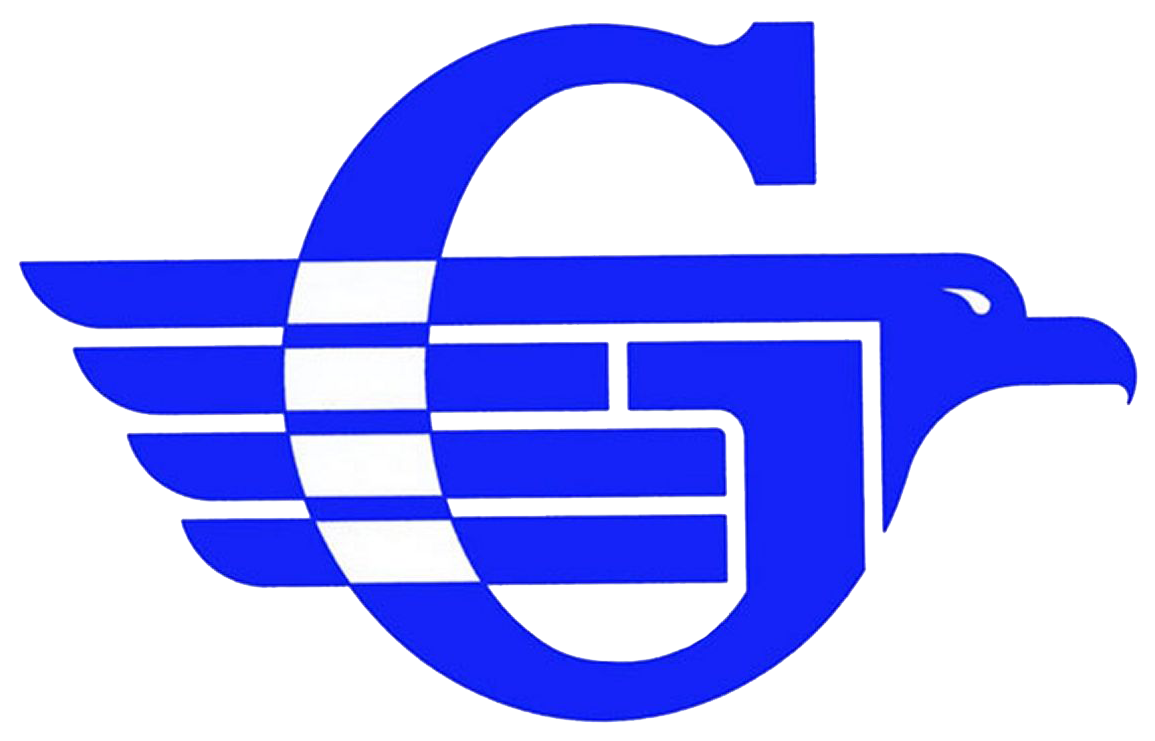Dear Community Members,
In 2021, our Federal Government and the members of Congress agreed on a bipartisan infrastructure package. On November 15, 2021, President Biden signed the infrastructure investment bill, also known as the “Bipartisan Infrastructure Law”. The new law provides $550 Billion in funding, starting in 2022 that will run up till 2026 which is the deadline date. Areas of concentration to receive funding include roads, bridges, mass transit, water infrastructure, resilience, and broadband. If you are interested in reading more about the details on the Bipartisan Deal click here.
The program overseeing the expansion of broadband across the country is referred to as BEAD (Broadband Equity Access and Deployment Program). BEAD will be responsible for disbursing $42.45 Billion in funding to assist with funding planning, infrastructure deployment, and adoption programs in all 50 States. For more specific details on the program, you can click here. The focus and aim of BEAD is to deliver internet services to those in areas that don’t have access to broadband services, and/or are underserved with mobile hotspots or fixed wireless that don’t meet the minimum service requirements.
Michigan is set to receive $1.5 Billion in funding from the grant program, to address the lack of internet service throughout the state. The issue the program and MIHI (Michigan High-Speed Internet Office) are faced with now is determining what areas qualify as served, underserved, and unserved. On March 7, 2024 the Lieutenant Governor Garlin Gilchrist II and the Michigan High-Speed Internet Office (MIHI) announced that the Biden Administration approved Michigan’s proposed State Challenge process. This will give a voice to Michigander’s and help identify locations across the State that are eligible for high-speed internet expansion. For more details on the announcement and additional information related the State Challenge Portal click here.
Through collaboration combined through federal and state efforts, a state map was generated to help identify what is believed as areas labeled as served, underserved, and unserved. However, MIHI and the State Challenge process needs to verify the accuracy of the current mapping. Here is how the community can help make sure the current mapping is accurate and help secure funding for their areas. Challenges of accuracy will be accepted from March 25, 2024 through April 23, 2024. Community members can access and preview the portal and mapping anytime by clicking here, and can access the map directly by clicking here. It is recommended that you visit the site the map, search out your respected address, and verify they have the correct corresponding classification.
The best way you can verify the information is correct is by either referencing your internet bill, or contact your internet service provider and ask them for the speeds they provide per your service agreement. Then visit the map and check to see what they have listed for your address. You will also want to run a speed test (click here) or visit speedtest.net, to verify that you in fact are receiving what your ISP said. Sign up for email update and you will get notified when the portal is open for challenges. The portal that residents will use to submit a challenge click here. Merit will submit challenges on the behalf of residents, to learn more about Merit click here. Eligible challengers include local units of government, Tribal governments, nonprofit organizations, and internet service providers. However with the newly implemented Merit challenge portal residents have a way to mark inconsistencies on the map. DO NOT LET THIS STOP YOU FROM REPORTING INACCURACY. Failure to report accuracy could impact funding to the local area, and the community could lose out on internet services.
***Keep and eye out for future dates, the School will be opening its doors for Community members to apply for Challenges***
For a PDF version of the article click here
